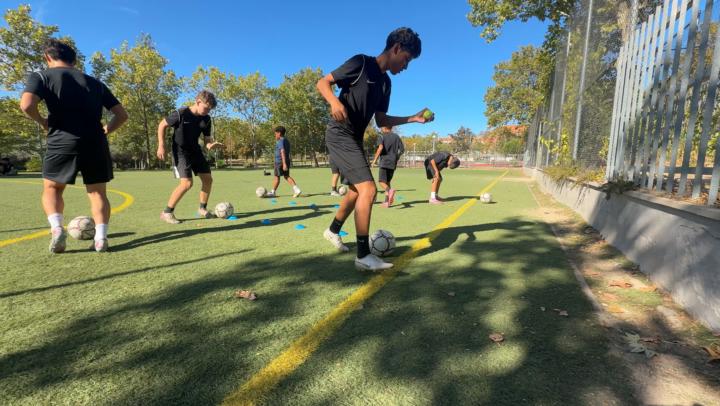Activity
Mon
Wed
Fri
Sun
Jan
Feb
Mar
Apr
May
Jun
Jul
Aug
Sep
Oct
Nov
Dec
What is this?
Less
More
Memberships
Forms Football Skool
6 members • Free
1 contribution to Forms Football Skool
Dual-Task Overload and Neural Adaptation in Youth Football Development
This exercise looks simple at first glance: dribble through cones, toss or bounce a tennis ball, then play into a wall and explode out. But when you watch players attempt it, you’ll notice the complexity of the exercise challenging the players’ brain as they navigate the process. Some freeze mid-action. Some throw and kick at the same time. Others roll a soft pass that barely reaches the wall. These “short circuits” aren’t mistakes, rather, they are evidence of the brain under construction. The upcoming paper breaks down why this happens at a neurological level. We’ll explore the motor cortex, cerebellum, basal ganglia, and prefrontal systems, and explain why overloaded players hesitate or misfire. More importantly, we’ll look at how these errors are the raw material of development. The paper will show how repeated exposure to dual-task conflict builds neural efficiency, leading to long-term automaticity, weak-foot mastery, and match resilience.

1-1 of 1
@matthew-patton-2936
Parent & Coach, but more a student of both. Always learning
Active 27d ago
Joined Aug 23, 2025


